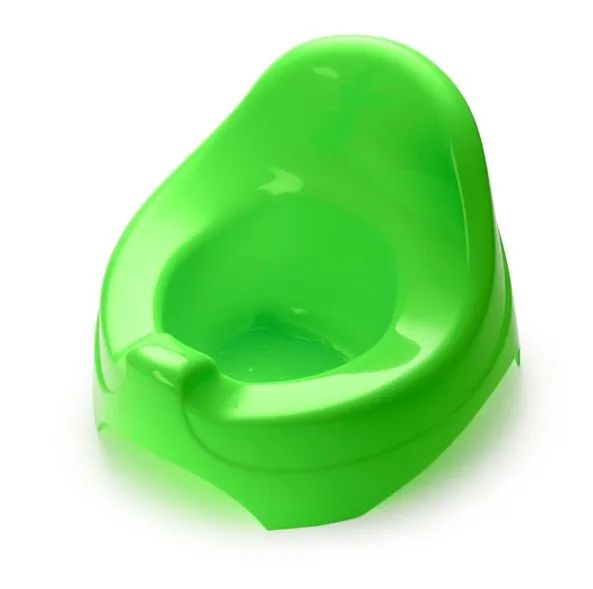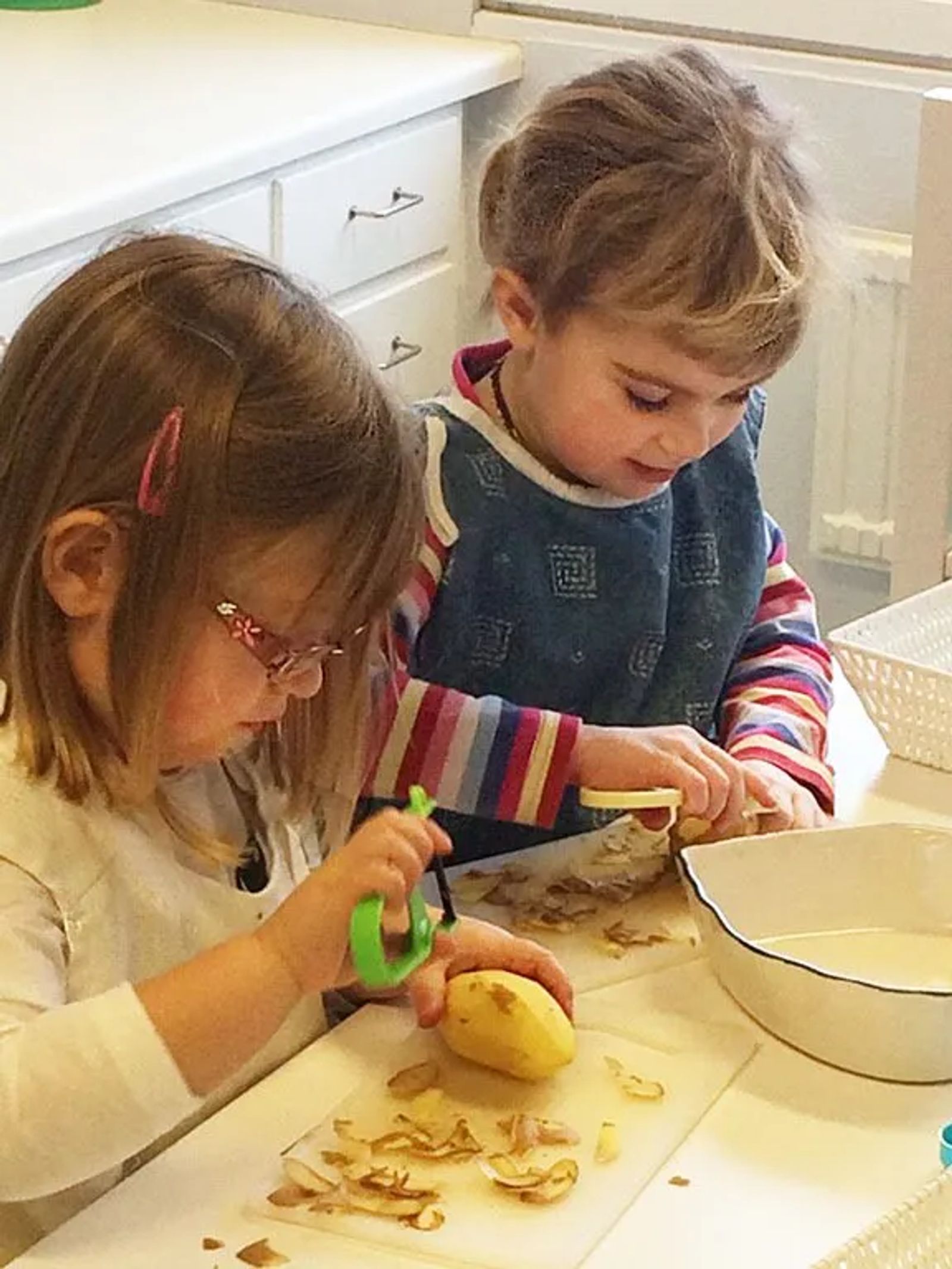Montessori Concepts that You Can Use at Home
“These words reveal the child’s inner needs; ‘Help me to do it alone’.” ~ Maria Montessori
 Parents today are looking for ways to foster their child(ren)’s confidence and independence.
Parents today are looking for ways to foster their child(ren)’s confidence and independence.

Nearly a century later, Maria Montessori’s wise words still ring true. Parents today, myself included, are looking for ways to foster our child(ren)’s confidence and independence. Never fear--you can benefit from the wisdom of Montessori at home.
One of the core concepts behind the Montessori method is what Montessori called the “prepared environment.” When we prepare the environment in a way that enables the child to do for herself, the environment (rather than the adult) becomes the teacher. Now the child can follow her own inner teacher.
When the child takes on a task of her own choice, and is allowed to work at that task without correction, assistance, or any other interruption, she gains in numerous ways. Not only does she learn a new skill set, but she also feels a sense of accomplishment and pride in mastering the task. This goes a long way toward developing confidence and self reliance.
 The child can see for herself whether she has correctly completed the task or needs to try again
The child can see for herself whether she has correctly completed the task or needs to try again

A well prepared environment is primarily self-correcting. This means the adult doesn’t have to tell the child that he has completed a task right or wrong, or correct his mistakes. The child can see for himself whether he has correctly completed the task or he needs to try again. For example, if the task is pouring water from a pitcher into a glass, the child can clearly see if he’s got it, i.e. the glass is full and there is no spilled water, or it’s still a work in progress. So he cleans up the spilled water and tries again. He does not need the adult to correct him as he works. This is what I mean by the environment becomes the teacher. The child does not need outside motivation, instruction, or correction. He is developing his own inner-guide. His reward is the satisfaction of self-accomplishment. And even very young children are able to accomplish more than you’d ever realize--until you give them the chance.
Would you like for your child to benefit from a “prepared environment” at home? Here are a few ways (borrowed from Montessori classrooms) that you can bring a little Montessori home:
Cubbies and Coats
Have an area where your child(ren) can hang up his or her own coat. A row of child-height pegs or hooks will do the trick. Depending on the climate and season, you might also have a shelf or cubby for hats, gloves, boots, etc. Everything should should be well within reach for your child. If you have to hang the coat for your child or help him reach the shelves, it defeats the purpose. The child should be able to do the task--unassisted. Even a very young child (toddler) will quickly learn the routine. Before you know it, your little one will have his coat off and hung up every time--and all by himself.
Bathroom Basics
 Child-sized potty chairs are a must!
Child-sized potty chairs are a must!

The bathroom is another great place to encourage self-reliance. A sturdy stool from which your child can reach the sink, soap, and a hand towel is key. Child-sized potty chairs are also a must (and a huge help with potty training.) Make hand washing a regular part of your daily routine, (before meals, after outdoor play, etc.) With consistency and accessibility, your child will pick up the healthy habit of handwashing and gain confidence in herself, all at once.
Kitchen Accomplishments
Let’s face it; most of us spend a lot of time in the kitchen. Make good use of this time by providing a few child-friendly places for your child to be with you. Start with a low shelf (perhaps in the pantry) and stock this designated area with snacks such as dried fruit, pretzels, crackers, dry cereal, etc. It may be helpful to put the food items into easy-to-open containers. In another area within reach, such as a low cabinet, have the child’s cups, bowls, plates, napkins, etc. Also, have items for clean up, such as kitchen wipes, a small hand-broom and dustpan, and a trash bin. Now, add a small table and chair(s) to the picture, and viola! Your child has everything she needs to be able to get herself a snack, eat, and even tidy up--all by herself. She feels so proud and accomplished, and you get a little more time to prepare dinner.

Children can also help with the dinner preparations like washing vegetables or mixing ingredients, if they have a way to reach the work surfaces. There is a great contraption called a Montessori learning tower, or safety tower, which is essentially an adjustable-height step stool with sides. This is a portable, safe way to include your youngster in kitchen activities.
Here are a few more great kitchen-inspired learning opportunities: pouring (both liquids and things like cereal, dried-beans or rice,) table setting, slicing, peeling, spooning, stacking (such as pots and pans or bowls,) and sorting (such as silverware.)
By independently taking part in any of these simple activities, your child is gaining essential life skills, and so much more! These daily tasks teach coordination, balance, order, sequencing, small and large motor skills, and above all, independence, confidence, and self-esteem.
"It is after this that the child, who can now walk and feels confident of his strength, begins to notice the actions of those about him, and tries to do the same things. In this period he imitates not because someone has told him to do so, but because of a deep inner need which he feels." (Maria Montessori, The Absorbent Mind)






















